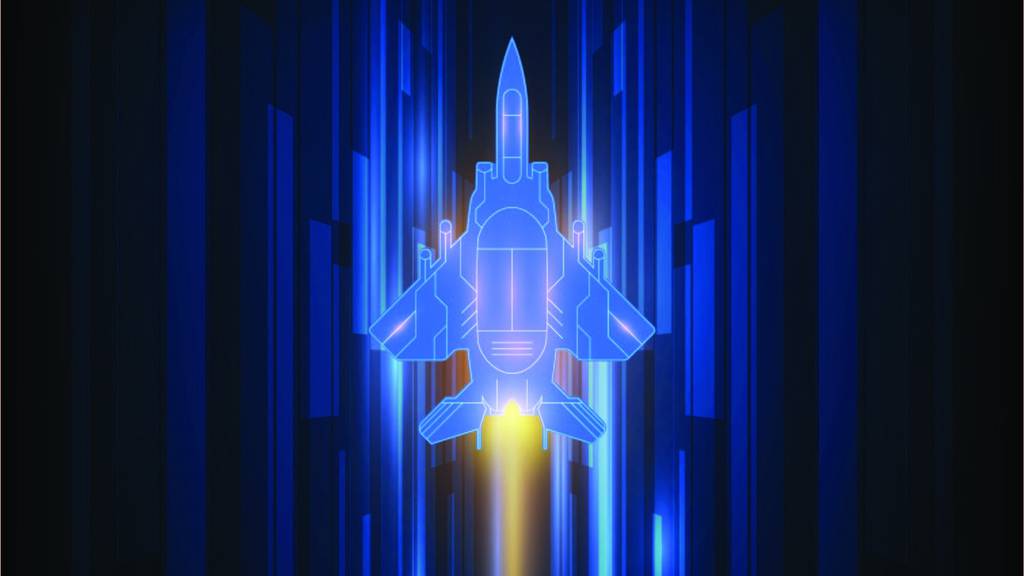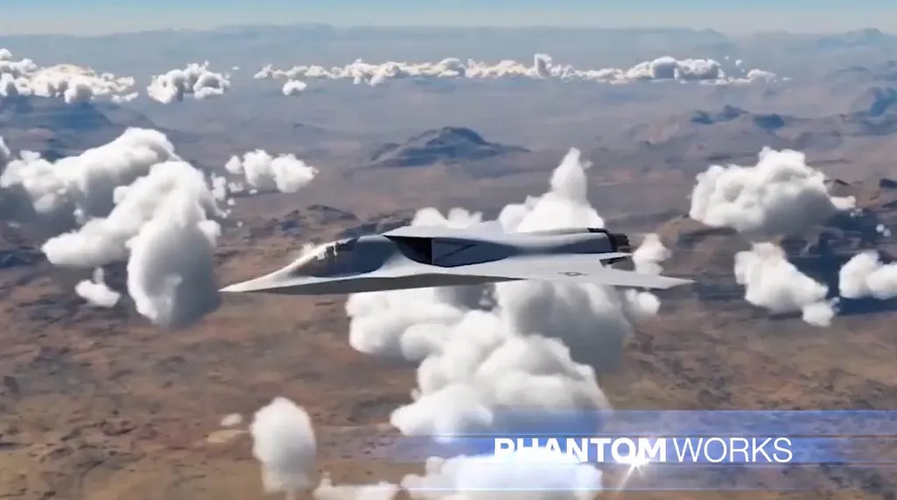dark sidius
ACCESS: Top Secret
- Joined
- 1 August 2008
- Messages
- 638
- Reaction score
- 222
https://aviationweek.com/defense-sp...n/boeing-expansion-st-louis-valued-18-billion More and more signs in favor of Boeing.....

If Lockheed Martin is choose for the Air Force NGAD program( as i think it willAviation Week has confirmed that the three companies currently working on the USN F/A-XX program are LM, Boeing, and NG.


Maybe related :

PBS and Pratt to explore futuristic APU technologies
Czech Republic aerospace firm PBS and Pratt & Whitney have signed a memorandum of understanding to explore advanced APUs for future fixed-wing aircraft and helicopters.www.flightglobal.com
I'm pretty sure that the "6th-generation aircraft" referenced in that article are not stealth fighters. Small APUs would make more sense for airliners and commercial helicopters.

No, it doesn't.Screenshot from Boing marketing - but one shape looks almost like the one transported on lorry in Helendale.

Called it. Century Series all over again. Though likely more software than flight hardware.‘Continuous Competition’ Will Drive CCA Platform Selection
‘Continuous Competition’ Will Drive CCA Platform Selectionwww.nationaldefensemagazine.org
doubt it. navy has to spend money on ships as well. they will piggyback on air force's selection preferrably.If Lockheed Martin is choose for the Air Force NGAD program( as i think it willthis will leave us with Boeing and NG, for the Navy fighter.
doubt it. navy has to spend money on ships as well. they will piggyback on air force's selection preferrably.


why drastically different? Long range high flying ultra stealth. There's less emphasis on maneuverability and technology has advanced to the point you don't need swing wings to get off a carrier anymore. If air force wants more speed surely there's enough studies and researches in modular design that you can have a common body and different wings for different sweep angles.
why drastically different? Long range high flying ultra stealth. There's less emphasis on maneuverability and technology has advanced to the point you don't need swing wings to get off a carrier anymore. If air force wants more speed surely there's enough studies and researches in modular design that you can have a common body and different wings for different sweep angles.
Historically it was for the most part the other way around, though. Some land aircraft were longer-ranged (and those were mostly either escort or sea-related ones), but by large it's the opposite.The USN has size, weight, and stall restrictions that the USAF doesn’t. And the USN likely doesn’t have the same absolute range requirements since its airstrips move. The USAF machine is almost certainly larger and longer ranged.
Old 6th gen renderingView attachment 707838
Boeing’s Phantom Works Show 6th Gen Fighter Aircraft Design
The manned aircraft design is part of a video showcasing Boeing’s work for the next generation of air dominance. A video recently published by Boeingtheaviationist.com
I would be surprised if NGAD isn't too big for carriers. 80k-90k. Maybe even 100k.why drastically different? Long range high flying ultra stealth. There's less emphasis on maneuverability and technology has advanced to the point you don't need swing wings to get off a carrier anymore. If air force wants more speed surely there's enough studies and researches in modular design that you can have a common body and different wings for different sweep angles.
It's as real as the $3 bill I have in my pocket. It's not even close to an actual real design. Remember, pre-ATF we saw all kinds of weird, sometime tiny, aircraft and then we ended up with the F-22.Does it bother you, round nozzles and the fact that this is a fighter in the dimension of the F-18?
Looks perfect for replacing the FA-18, the nozzles can be changed, and it looks like the wings can be folded, so perfect designDoes it bother you, round nozzles and the fact that this is a fighter in the dimension of the F-18?
There is only one problem, new engines of this dimension are not plannedLooks perfect for replacing the FA-18, the nozzles can be changed, and it looks like the wings can be folded, so perfect design
Maximum size, stall speed, landing speed, minimum control speed and characteristics, being built to handle arrested landings...why drastically different? Long range high flying ultra stealth. There's less emphasis on maneuverability and technology has advanced to the point you don't need swing wings to get off a carrier anymore. If air force wants more speed surely there's enough studies and researches in modular design that you can have a common body and different wings for different sweep angles.
F-111B was 88k MTOW, the other F-111s had a MTOW of 100k.100,000lbs AUW is around F-111B size, so Carrier operation should still be possible, especially now the USN has a uniform force of CVNs. Don't have to worry about compatibility with Essex or Midways anymore.
Such a mass is unattainable, since the changes made to the wing design do not allow four external tanks to be hung.F-22 MTOW is 83.5K so its definitely going to be greater than that
